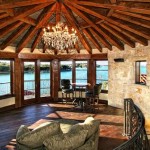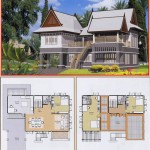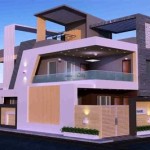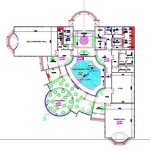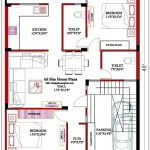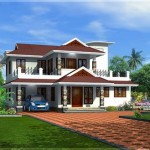Essential Aspects of House Plan And Design
Designing your dream home can be an overwhelming yet exciting endeavor. Whether you're a first-time homeowner or an experienced builder, careful consideration of essential aspects is crucial. This article explores the key elements of house plan and design to guide you in creating a space that not only meets your functional needs but also embodies your aesthetic vision.
1. Functionality and Flow
Functionality should be at the heart of any house plan. Consider your daily routines, family size, and lifestyle to determine the number of rooms, their sizes, and their relationships. The flow of spaces should be seamless, ensuring easy movement between areas without feeling cramped or disjointed.
2. Architectural Style
Choose an architectural style that resonates with your personal taste and complements the surrounding environment. From traditional to modern, there are endless styles to explore. Consider the exterior materials, rooflines, and overall aesthetics that align with your vision.
3. Site Considerations
The location of your home plays a significant role in its design. Factors such as topography, sunlight exposure, and prevailing winds should be taken into account. A well-planned orientation can maximize natural light, reduce energy consumption, and enhance outdoor living spaces.
4. Floor Plan Layout
The floor plan layout is a crucial aspect that defines the organization and usability of your home. Determine the ideal number of floors, room configurations, and circulation patterns. Open floor plans offer spaciousness and flexibility, while traditional layouts provide separate designated spaces.
5. Kitchen Design
The kitchen is often the heart of the home. Plan a kitchen that accommodates your cooking style and needs. Consider the placement of appliances, storage solutions, work surfaces, and island configurations. Natural light, ventilation, and accessibility to other areas are important factors.
6. Bathroom Design
Bathrooms should be designed for comfort, functionality, and aesthetics. Decide on the number and types of bathrooms required. Plan for adequate lighting, ventilation, storage, and fixtures that suit your style and usage patterns. Consider accessibility features if necessary.
7. Outdoor Living Spaces
Outdoor living spaces have become an integral part of modern homes. Design a patio, deck, or porch that extends your living area outdoors. Consider outdoor furniture, landscaping, shade structures, and privacy screening to create an inviting and relaxing retreat.
8. Sustainability
Incorporate sustainable features into your house plan to reduce environmental impact and energy consumption. Consider energy-efficient appliances, insulation, renewable energy sources, rainwater harvesting, and low-flow fixtures. Sustainable design can save money in the long run and create a healthier indoor environment.
9. Budget and Timeline
Establish a realistic budget that includes not only construction costs but also design fees, permits, and landscaping. Set a reasonable timeline for the project, taking into account the complexity of the design and the availability of contractors.
10. Professional Guidance
Consider hiring an architect or designer to assist with your house plan and design. They can provide valuable expertise, ensure building code compliance, and navigate the design process effectively. Their perspective can help you realize your vision and create a home that truly meets your needs.

House Plans How To Design Your Home Plan

Small House Design 2024001 Pinoy Eplans Floor Plans

Small House Design Shd 2024007 Pinoy Eplans One Y Bungalow Plans Layout

Small House Plans Popular Designs Layouts

Misty Falls House Plan By Archival Designs

House Plans How To Design Your Home Plan

Top 5 Modern House Plans With Photos Floor Archid

Free House Design Home And Plans

Low Budget Simple House Design Plans For Builders Blog Builderhouseplans Com

Haven House Plan Sater Design Collection

